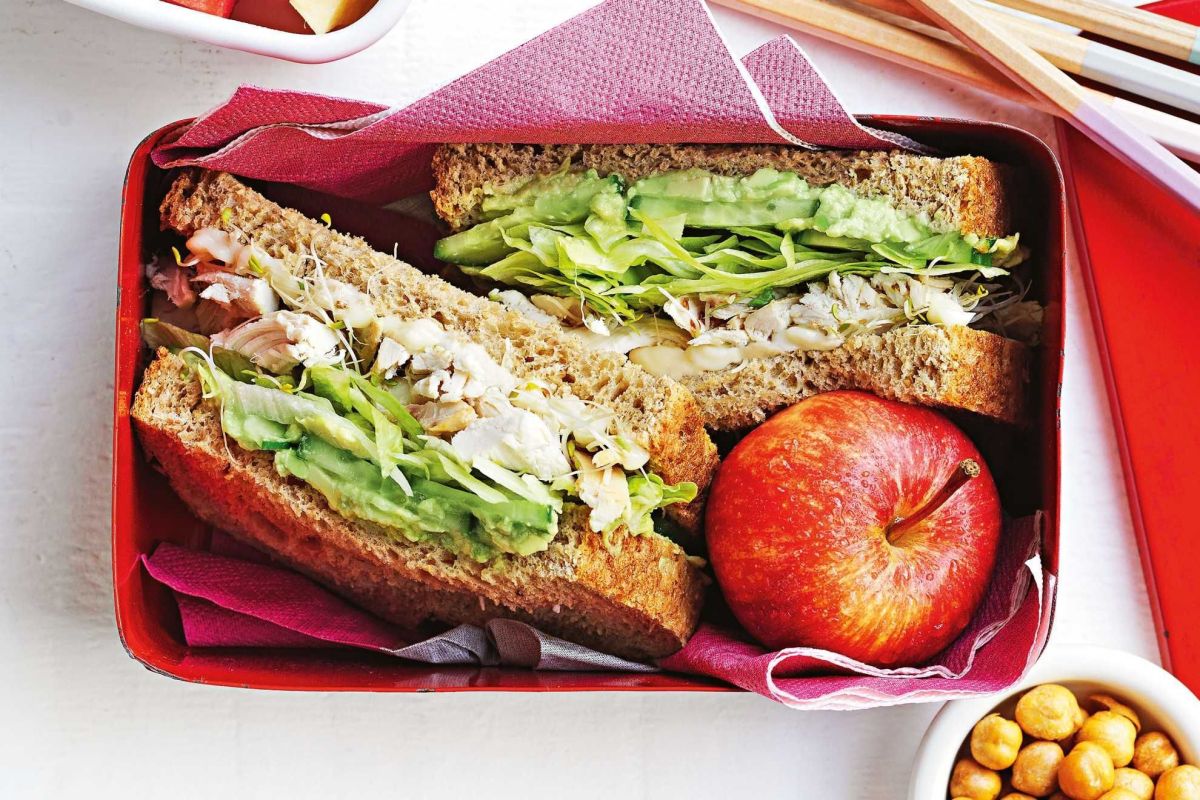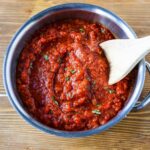Tired of the same old lunch routine? Imagine a week brimming with vibrant, delicious, and egg-free lunches, all prepared in advance. This guide unveils the secrets to effortless meal prepping, offering a diverse range of recipes bursting with flavor and nutritional goodness. Discover how to craft a weekly plan tailored to your taste, conquer time constraints with quick recipes, and master storage and reheating techniques to keep your lunches fresh and flavorful throughout the week. Prepare to transform your lunch break into a culinary adventure!
We’ll explore five diverse egg-free lunch recipes, each meticulously designed for nutritional balance and variety. Learn time-saving shortcuts for quick 30-minute meals, and discover the best ways to store and reheat your creations to maintain optimal taste and texture. We’ll also cover recipe adaptations for various dietary needs, ensuring everyone can enjoy these delightful egg-free lunches. Finally, a detailed, step-by-step guide to one featured recipe will walk you through the process, from ingredient selection to final presentation.
Storage & Reheating Techniques for Egg-Free Lunches
Proper storage and reheating are crucial for maintaining the delicious taste and nutritional value of your egg-free lunches throughout the week. Using the right containers and techniques will prevent food spoilage and ensure your meals remain appealing and enjoyable. This section details best practices to maximize the freshness and flavor of your prepared lunches.
Selecting appropriate storage containers is the first step in preserving your egg-free creations. Airtight containers are paramount to prevent food from drying out and absorbing odors from the refrigerator. Glass containers are an excellent choice, offering durability and resistance to staining and odor absorption. High-quality plastic containers with secure lids are also suitable, ensuring they are BPA-free to avoid leaching chemicals into your food. For individual portions, smaller, compartmentalized containers allow for easy portion control and prevent different components of the lunch from mixing together.
Container Selection and Food Storage
The optimal storage temperature for your egg-free lunches is between 35°F and 40°F (1.7°C and 4.4°C). Ensure your refrigerator is set to this temperature to prevent bacterial growth. Before storing, allow your meals to cool completely to room temperature to prevent condensation buildup inside the containers, which can lead to soggy components. Properly sealed containers are essential to prevent cross-contamination with other foods in the refrigerator and to maintain optimal freshness.
Reheating Techniques for Optimal Taste and Texture
The best reheating method depends on the specific recipe and your personal preference. However, consistent and even heating is key to preserving texture and flavor. Avoid over-reheating, which can lead to dry or rubbery textures.
Microwave Reheating
For quick reheating, the microwave is a convenient option. Transfer your lunch from the storage container to a microwave-safe dish. Cover the dish with a microwave-safe lid or damp paper towel to prevent drying. Heat in short bursts, stirring in between, until heated through. This method works well for many egg-free lunches, such as grain bowls or pasta salads, ensuring even heating.
Oven Reheating
The oven offers a gentler reheating method, ideal for preserving the texture of more delicate components. Preheat your oven to a low temperature (around 300°F or 150°C). Transfer your lunch to an oven-safe dish, cover with foil, and bake until heated through. This method is particularly suitable for casseroles or dishes with baked components.
Labeling and Dating Meal Prep Containers
Clear labeling and dating are essential for efficient organization and minimizing food waste. Use a permanent marker to clearly label each container with the contents and the date of preparation. This allows for easy identification and ensures that you consume your lunches within their optimal freshness window. A simple system like “Lentil Salad – 7/26” is clear and concise.
Recipe Adaptation & Customization

Adapting egg-free lunch recipes to suit various dietary needs is straightforward, offering a wealth of delicious and nutritious options. By making informed substitutions, you can easily cater to vegetarian, vegan, gluten-free, and other specific dietary requirements, maintaining the integrity and flavour of your meals. Understanding the nutritional impact of these changes is key to ensuring your lunches remain balanced and healthful.
Modifying recipes often involves swapping core ingredients for suitable alternatives. For instance, a recipe calling for whole wheat pasta can easily be adapted for gluten-free diets by using gluten-free pasta. Similarly, dairy-based sauces can be replaced with creamy vegan alternatives like cashew cream or silken tofu for vegan options. The key is to choose substitutes that maintain the texture and flavour profile as closely as possible while addressing the specific dietary restriction.
Ingredient Substitutions for Dietary Needs
The following table Artikels suitable substitutions for common ingredients found in egg-free lunch recipes, enabling you to easily adapt them to various dietary preferences. Note that the nutritional profile may change slightly depending on the substitution; for example, substituting refined grains for whole grains will alter the fiber content.
| Original Ingredient | Vegetarian Substitute | Vegan Substitute | Gluten-Free Substitute | Nutritional Impact |
|---|---|---|---|---|
| Whole Wheat Bread | Whole Wheat Bread (if already vegetarian) | Gluten-Free Bread (many vegan options available) | Gluten-Free Bread | May affect fiber content depending on the type of bread used. Gluten-free options may have a different glycemic index. |
| Cheese | Cheese (if already vegetarian) | Nutritional Yeast, Tofu Cheese, Vegan Cream Cheese | Dairy-free cheese alternatives (ensure gluten-free) | Changes in fat and protein content; potential reduction in calcium if not using fortified alternatives. |
| Mayonnaise | Mayonnaise (if already vegetarian) | Vegan Mayonnaise (many brands available) | Vegan Mayonnaise (ensure gluten-free) | May affect fat content and the presence of certain emulsifiers. |
| Pasta (wheat-based) | Pasta (if already vegetarian) | Pasta (many vegan options available) | Gluten-Free Pasta | May affect fiber and carbohydrate content. Gluten-free options may have a different texture. |
| Chicken Broth | Vegetable Broth | Vegetable Broth | Vegetable Broth (ensure gluten-free) | Reduction in protein if using vegetable broth instead of chicken broth. |
Mastering the art of egg-free meal prepping unlocks a world of convenience and culinary creativity. With a carefully planned weekly menu, you’ll enjoy a variety of healthy and delicious lunches without the hassle of daily preparation. The techniques and recipes shared here empower you to take control of your lunch break, ensuring you’re fueled with nutritious and satisfying meals all week long. So, ditch the lunch-time stress and embrace the magic of egg-free meal prepping – your taste buds and your schedule will thank you!
User Queries
Can I freeze these egg-free lunches?
While some recipes might freeze well, others might experience texture changes. It’s best to check individual recipe notes for freezing recommendations.
What if I don’t like one of the suggested recipes?
Feel free to substitute any recipe with another egg-free lunch option that suits your preferences. The weekly plan is a suggestion, not a rigid rule.
Are these recipes suitable for children?
Most of these recipes are kid-friendly, but you may need to adjust spice levels or portion sizes depending on your child’s age and preferences.
How long will the prepared lunches last in the refrigerator?
Properly stored in airtight containers, these lunches should remain fresh for 3-4 days in the refrigerator.


